Home>Gardening & Outdoor>Plant Care & Gardening Tips>How To Tell When A Native Xeric Plant Is Getting Too Much Or Too Little Water
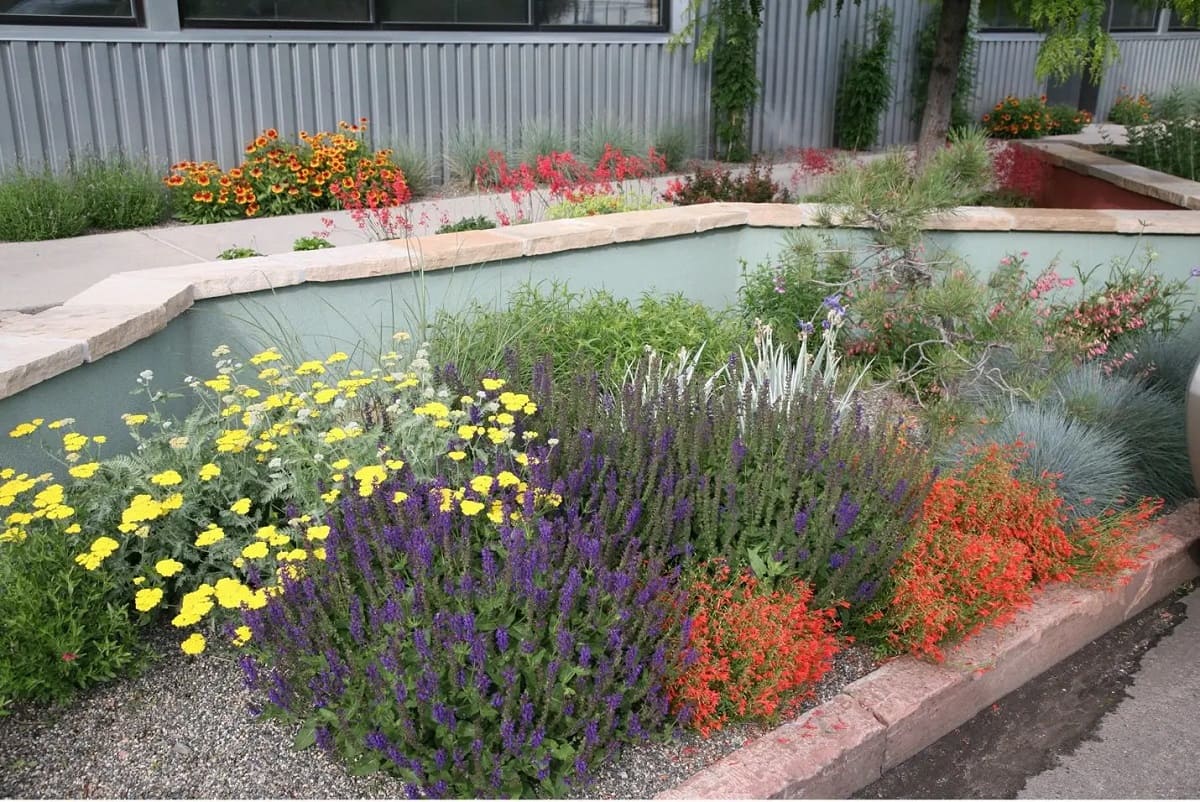

Plant Care & Gardening Tips
How To Tell When A Native Xeric Plant Is Getting Too Much Or Too Little Water
Published: December 25, 2023
Learn how to recognize signs of overwatering or underwatering in native xeric plants with our expert plant care and gardening tips. Avoid common watering mistakes for healthier, thriving plants.
(Many of the links in this article redirect to a specific reviewed product. Your purchase of these products through affiliate links helps to generate commission for Storables.com, at no extra cost. Learn more)
Introduction
Welcome to the wonderful world of xeric plants! These resilient and water-wise beauties have captured the hearts of many gardeners and plant enthusiasts due to their ability to thrive in arid and challenging environments. However, maintaining the ideal balance of water for xeric plants can be a delicate task. In this comprehensive guide, we will delve into the art of understanding and caring for xeric plants, focusing on how to recognize signs of both overwatering and underwatering. By the end of this article, you will possess the knowledge and confidence to ensure that your xeric plants receive just the right amount of water to flourish and brighten your garden or indoor space.
Let's embark on this insightful journey to unravel the mysteries of xeric plant care and learn how to decipher the subtle cues that these remarkable plants provide. Whether you are a seasoned gardener or a novice plant enthusiast, this guide will equip you with the essential expertise to nurture your xeric plants with care and finesse. So, grab your watering can and get ready to explore the fascinating world of xeric plant care!
Key Takeaways:
- Xeric plants can wilt, develop yellow leaves, and experience stunted growth when overwatered. Recognizing these signs is crucial for adjusting watering practices and preventing water-related stress.
- Underwatered xeric plants may exhibit wilting, leaf curling, and slow growth. Monitoring soil moisture and adjusting watering frequency are essential for supporting their resilience.
Read more: When To Plant California Native Plants
Understanding Xeric Plants
Xeric plants, also known as drought-tolerant plants, have evolved remarkable adaptations to survive in water-scarce environments. These adaptations enable them to thrive in regions characterized by low rainfall and limited access to water. Xeric plants have developed various strategies to minimize water loss and maximize their ability to absorb and retain moisture from the soil. Understanding these unique characteristics is crucial for effectively caring for xeric plants.
Xeric plants often feature specialized anatomical structures such as succulent leaves, thick stems, and extensive root systems to store water. Their leaves may be coated with a waxy layer to reduce evaporation, while some species have the ability to close their stomata during the hottest parts of the day to minimize water loss through transpiration. Additionally, many xeric plants exhibit deep root systems that allow them to access water sources deep within the soil, providing a crucial advantage in arid environments.
Furthermore, xeric plants have adapted their growth and reproductive strategies to cope with limited water availability. Some species have developed mechanisms to enter dormancy during prolonged dry spells, conserving energy and water until more favorable conditions return. Others have evolved to rely on specialized pollinators and seed dispersal methods that are well-suited to their arid habitats.
By understanding the unique adaptations of xeric plants, we gain insight into their water requirements and the subtle signals they emit when facing water-related challenges. With this knowledge in hand, we can effectively interpret their responses to environmental conditions and provide the appropriate care to support their well-being.
Signs of Overwatering
While the resilience of xeric plants is truly remarkable, they can still fall victim to overwatering if their unique water-storing adaptations are overwhelmed. Recognizing the signs of overwatering is essential for preventing waterlogged soil and the associated stress it places on xeric plants. By paying close attention to their behavior and appearance, you can identify the following indicators of overwatering:
- Wilting: Surprisingly, wilting can be a sign of overwatering in xeric plants. When their roots are suffocating in waterlogged soil, they struggle to access oxygen, leading to wilting despite the presence of excess moisture.
- Yellowing Leaves: If the leaves of your xeric plant begin to turn yellow and appear waterlogged or mushy, it may indicate that the roots are unable to absorb the excess water, resulting in a state of distress.
- Root Rot: Overwatering can create a favorable environment for root rot pathogens, causing the roots to become soft, discolored, and malodorous. This can ultimately lead to the decline of the plant’s health.
- Mold and Fungus: Excessive moisture can encourage the growth of mold and fungus on the soil surface or around the base of the plant. These visual cues are indicative of overly damp conditions that can compromise the plant’s vitality.
- Stunted Growth: When xeric plants are overwatered, their growth may become stunted as the roots struggle to function optimally in waterlogged soil, hindering the plant’s overall development.
Observing these signs of overwatering in xeric plants prompts the need for immediate action to rectify the water imbalance and restore the plant’s well-being. By addressing the issue promptly, you can prevent further damage and support the plant’s resilience in the face of water-related challenges.
Monitor the soil moisture level by sticking your finger into the soil. If it feels dry 1-2 inches deep, it’s time to water. If it feels consistently wet, reduce watering.
Signs of Underwatering
While xeric plants are adept at surviving in arid conditions, they are not immune to the effects of prolonged water scarcity. Recognizing the signs of underwatering is crucial for ensuring the health and vitality of these resilient plants. By being attentive to their responses, you can identify the following indicators of underwatering:
- Wilting: When xeric plants do not receive adequate water, they may exhibit wilting as a means of conserving moisture. This can manifest as drooping or shriveling of leaves and stems, signaling the plant’s need for hydration.
- Leaf Curling: Some xeric plants respond to insufficient water by curling their leaves as a protective measure to reduce surface area and minimize water loss through transpiration.
- Leaf Browning: Insufficient water supply can cause the edges of the leaves to turn brown and dry out, indicating that the plant is experiencing water stress.
- Slow Growth: When xeric plants are underwatered, their growth may slow down as they redirect resources to prioritize survival over active development.
- Soil Dryness: A telltale sign of underwatering is dry, crumbly soil. By assessing the moisture level of the soil, you can gauge whether the plant requires watering.
By recognizing these signs of underwatering in xeric plants, you can take proactive measures to provide the necessary hydration and support their resilience in challenging environmental conditions. Understanding the subtle cues that these plants exhibit when facing water scarcity empowers you to intervene effectively and ensure their continued well-being.
How to Adjust Watering for Xeric Plants
Caring for xeric plants involves a delicate balance of providing adequate water while respecting their natural adaptations to arid environments. By implementing mindful watering practices, you can optimize the health and vigor of xeric plants while minimizing the risk of overwatering or underwatering. Here are essential guidelines for adjusting watering routines to meet the specific needs of xeric plants:
- Understand Soil Drainage: Xeric plants thrive in well-draining soil that prevents water from accumulating around their roots. Ensure that the soil in which your xeric plants are growing allows excess water to flow away, preventing waterlogged conditions.
- Observe Watering Frequency: Tailor your watering frequency to the unique requirements of each xeric plant species. While some xeric plants may require infrequent deep watering, others may benefit from more frequent, shallow watering to mimic their natural habitat’s sporadic rainfall patterns.
- Monitor Soil Moisture: Regularly check the moisture level of the soil to gauge when your xeric plants require watering. Inserting a finger into the soil or using a moisture meter can help you determine whether the soil has dried out sufficiently before the next watering session.
- Employ Watering Techniques: When watering xeric plants, aim to deliver water directly to the root zone to encourage deep root growth. Drip irrigation or targeted hand watering can help minimize water loss through evaporation and ensure efficient water uptake by the plants.
- Adjust Watering Seasonally: Recognize that the water needs of xeric plants may fluctuate with the changing seasons. During periods of active growth or flowering, xeric plants may benefit from slightly more frequent watering, while reduced watering may be appropriate during dormancy or cooler weather.
- Consider Container Plants: If growing xeric plants in containers, select pots with drainage holes and use a well-draining potting mix to prevent water from accumulating at the roots. Adjusting the watering frequency for container-grown xeric plants is essential to accommodate their limited soil volume.
By integrating these strategies into your approach to watering xeric plants, you can foster a harmonious balance that supports their natural resilience and vitality. Understanding the nuances of watering xeric plants empowers you to provide the optimal growing conditions for these remarkable species, allowing them to thrive and grace your garden or indoor spaces with their enduring beauty.
Read more: When To Plant Native Perennials To Ohio
Conclusion
As we conclude our exploration of caring for xeric plants, we have gained valuable insights into the art of nurturing these resilient and water-wise wonders. By understanding the unique adaptations of xeric plants and familiarizing ourselves with the subtle signs of overwatering and underwatering, we have equipped ourselves with the knowledge to provide attentive and effective care to these remarkable species.
Recognizing the signs of overwatering and underwatering in xeric plants empowers us to intervene promptly and adjust our watering practices to align with their specific needs. By maintaining well-draining soil, monitoring soil moisture, and adapting our watering frequency and techniques, we can create an environment that optimally supports the health and vitality of xeric plants.
Furthermore, our journey has highlighted the importance of seasonal adjustments in watering routines and the considerations for container-grown xeric plants. By embracing these guidelines, we can cultivate a harmonious balance that honors the natural resilience of xeric plants and fosters their flourishing growth and beauty.
As you embark on your xeric plant care journey, may these insights serve as a guiding light, empowering you to cultivate a thriving oasis of water-wise beauty in your garden or indoor spaces. With mindful watering practices and a deep appreciation for the remarkable adaptations of xeric plants, you are poised to create an environment where these resilient wonders can thrive and inspire for years to come.
So, go forth with confidence, armed with the wisdom to discern the subtle language of xeric plants and provide them with the nurturing care they deserve. Embrace the art of watering as a harmonious dance with nature, and revel in the enduring resilience and captivating allure of xeric plants.
Frequently Asked Questions about How To Tell When A Native Xeric Plant Is Getting Too Much Or Too Little Water
Was this page helpful?
At Storables.com, we guarantee accurate and reliable information. Our content, validated by Expert Board Contributors, is crafted following stringent Editorial Policies. We're committed to providing you with well-researched, expert-backed insights for all your informational needs.
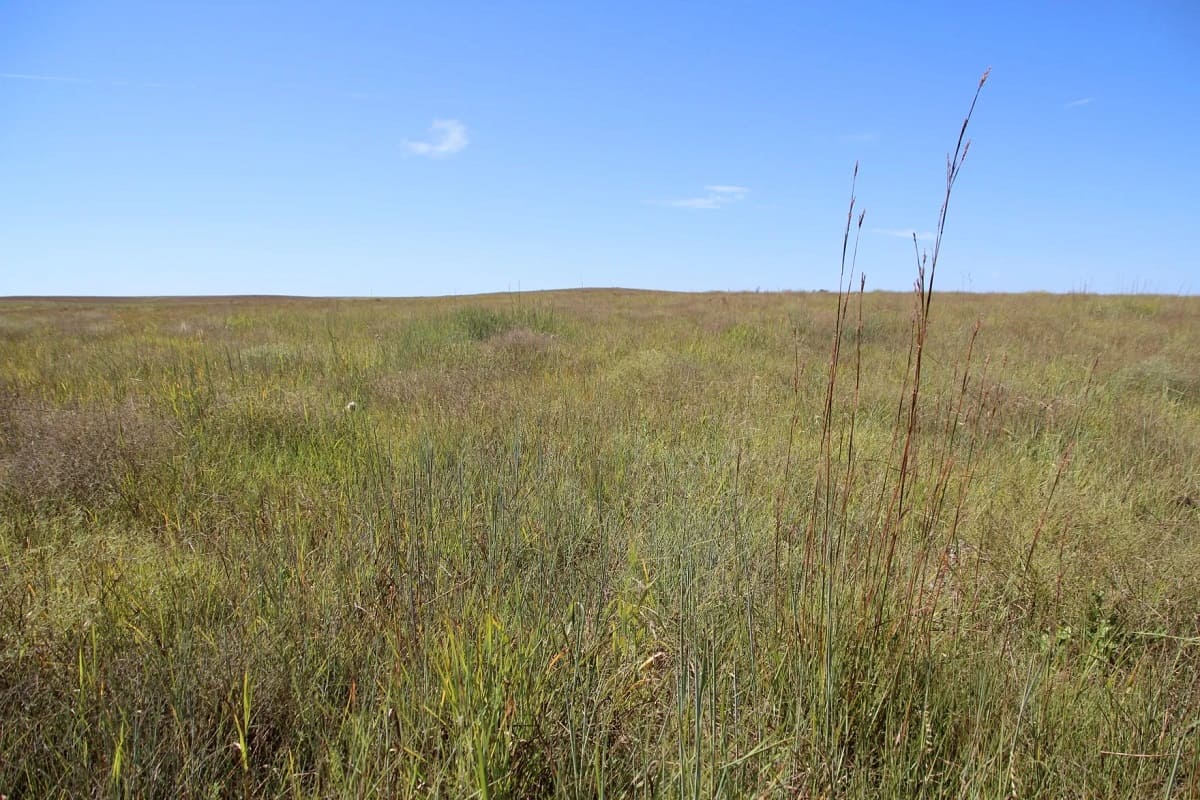
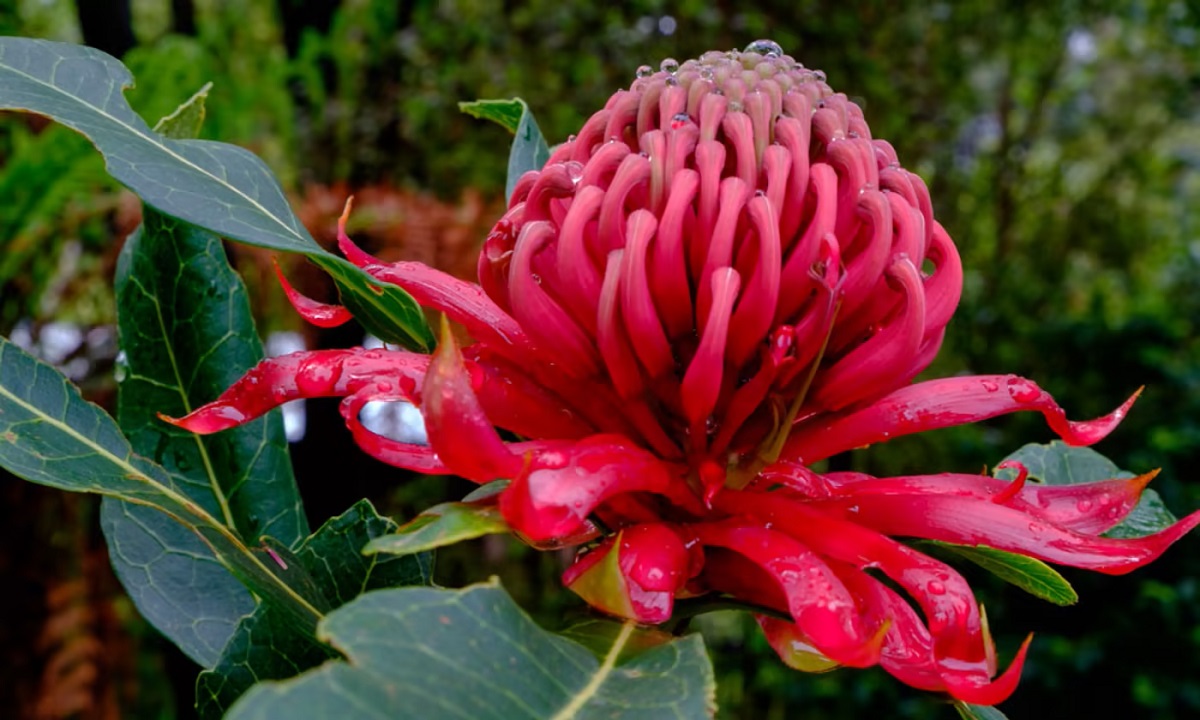
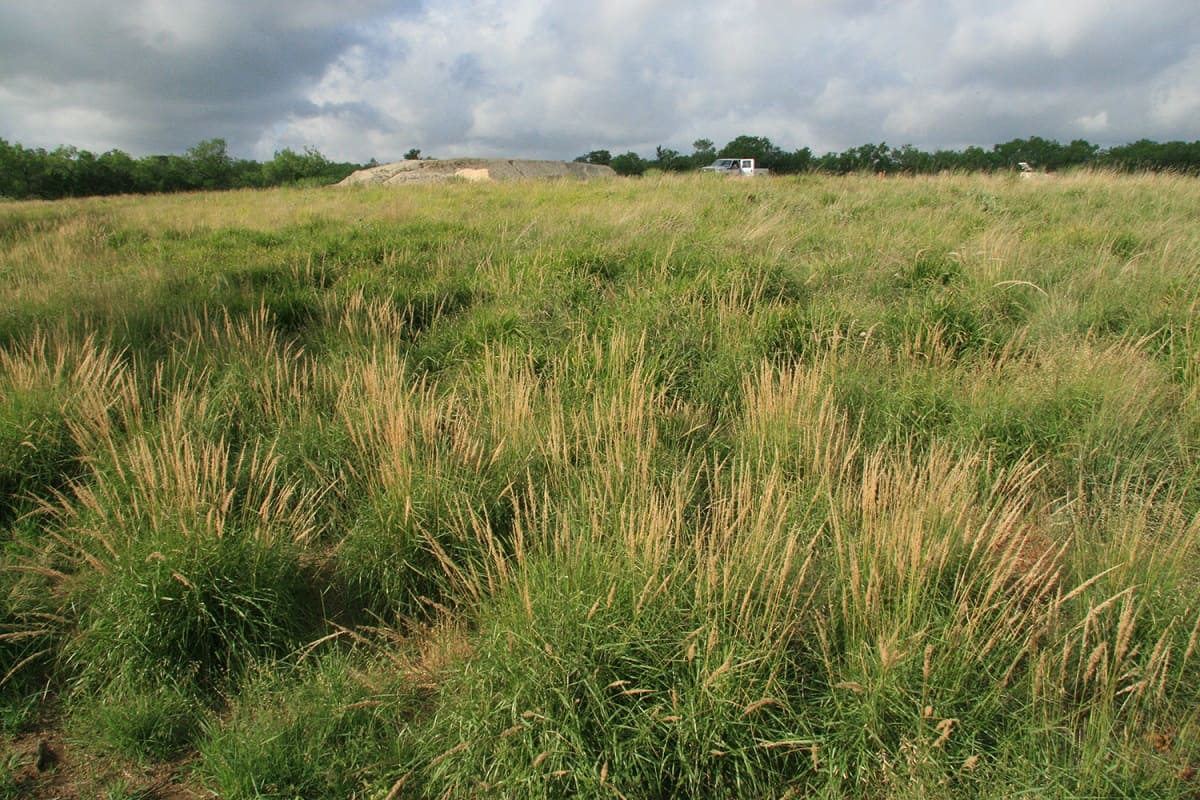
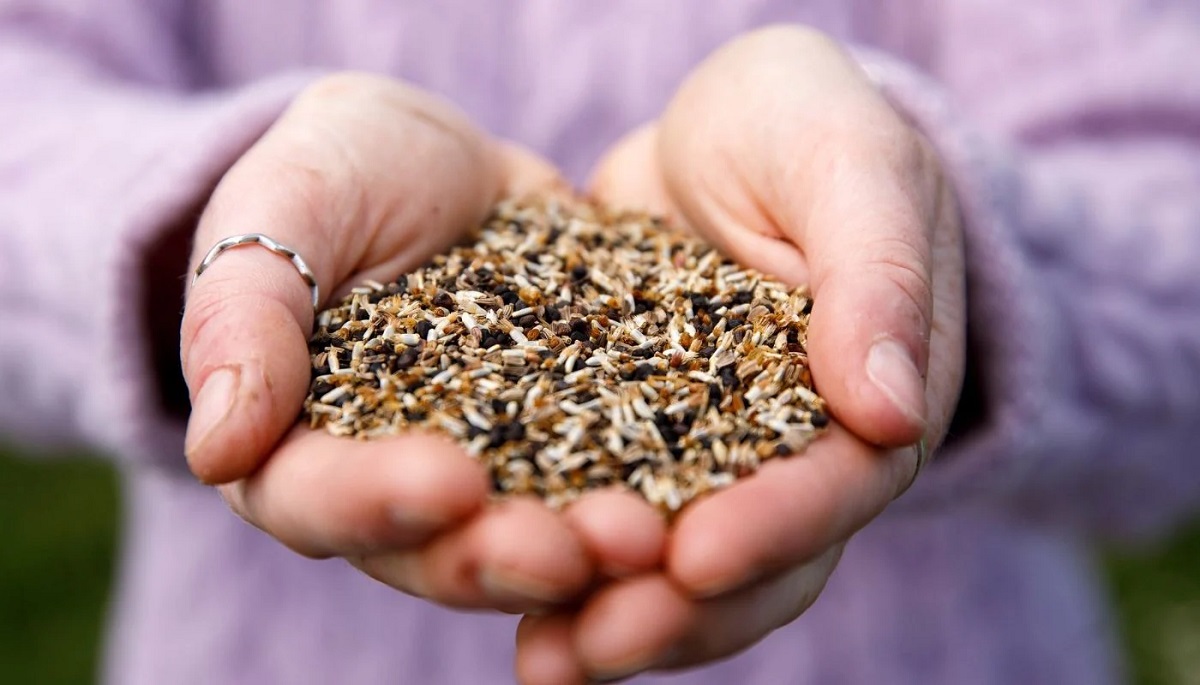

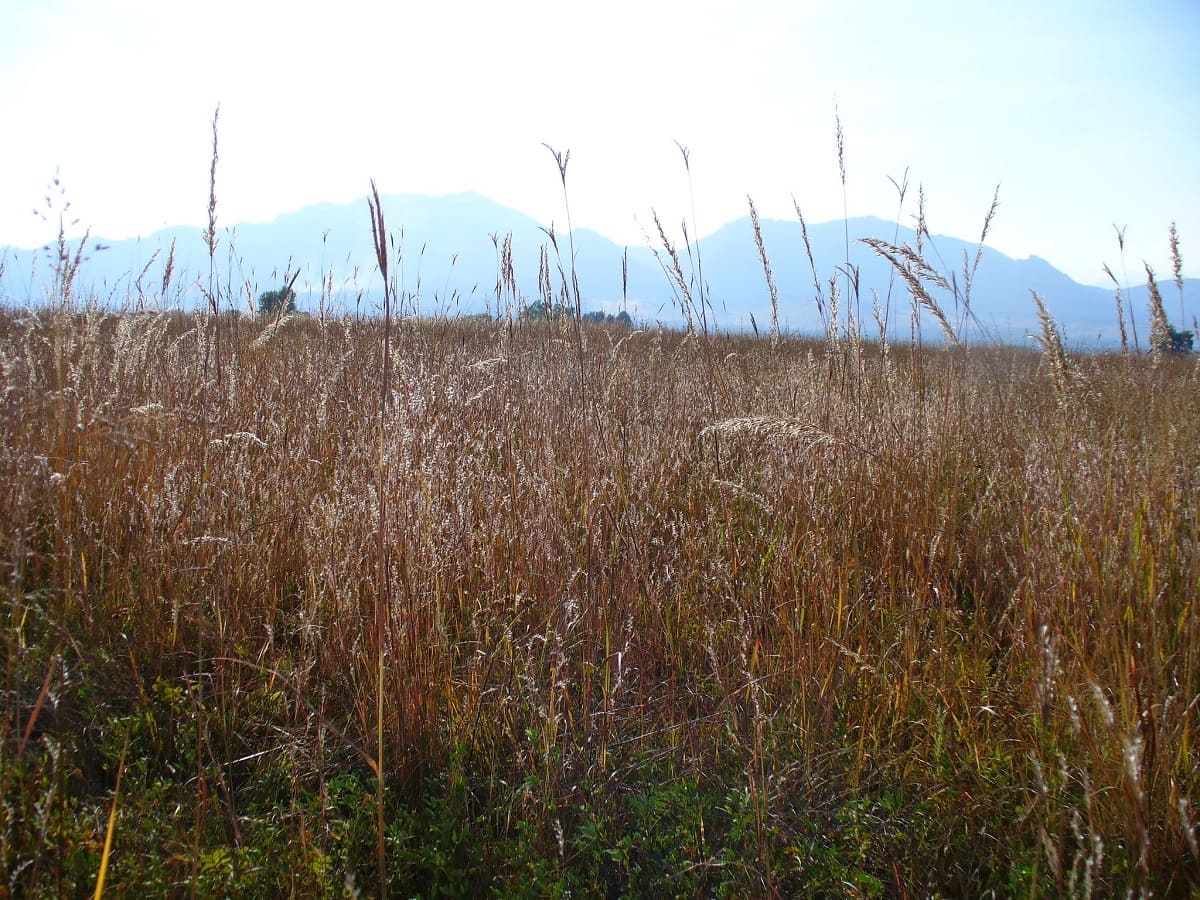
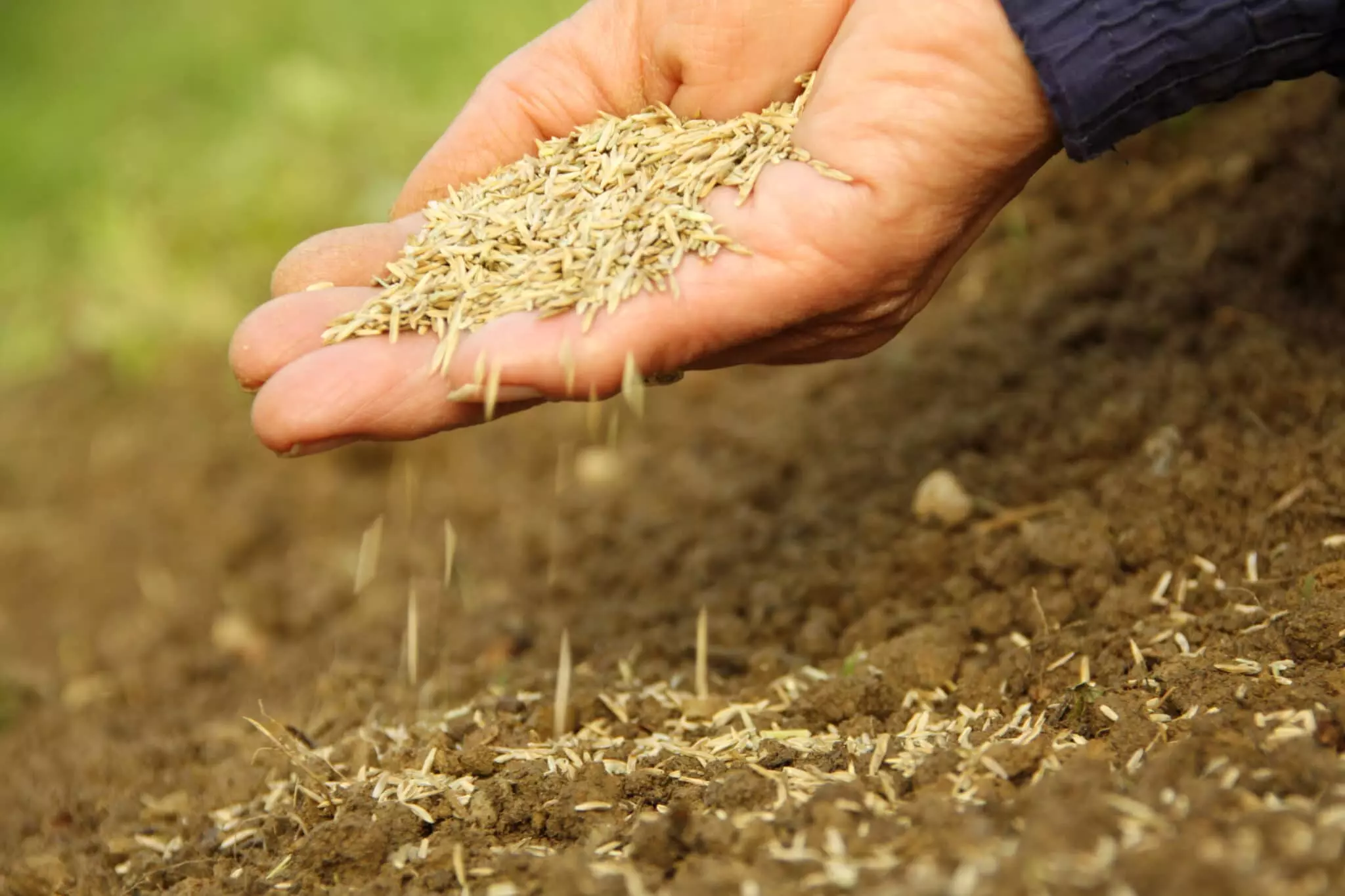

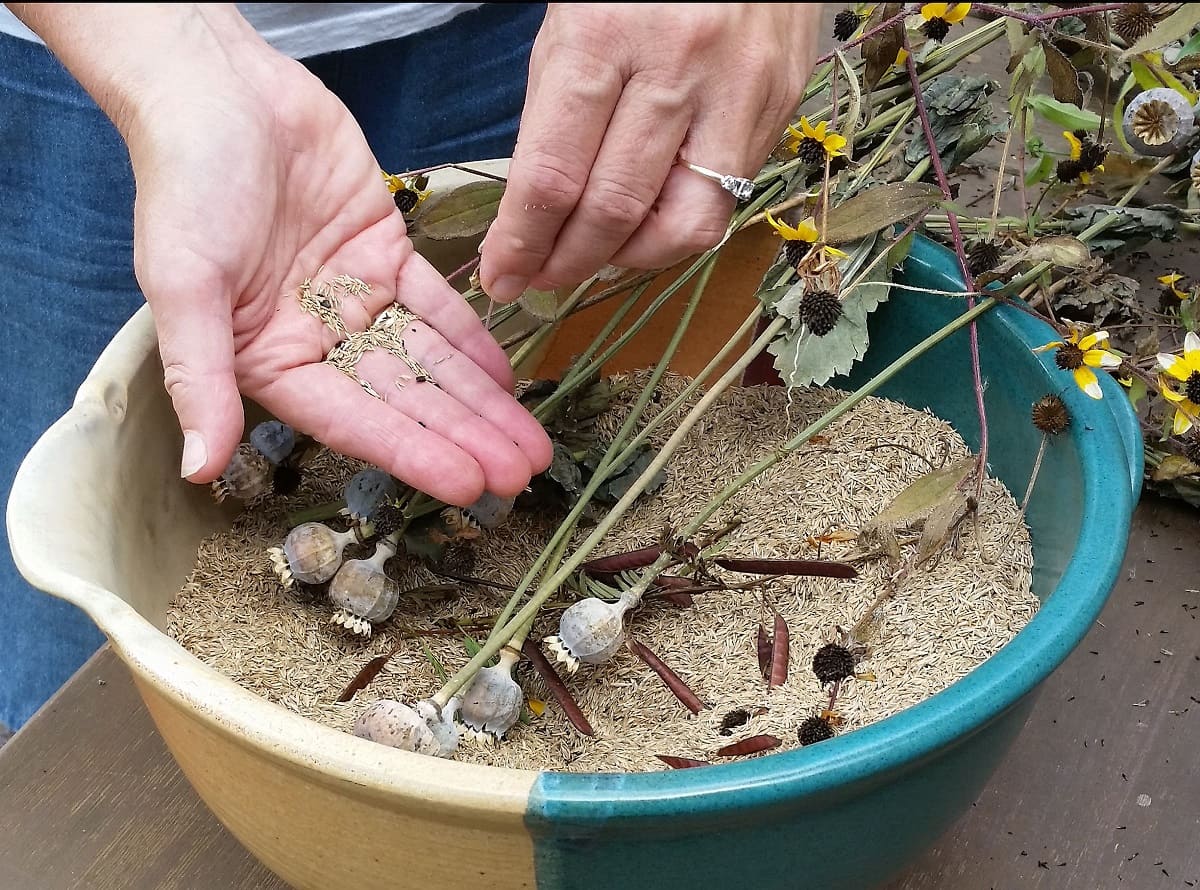
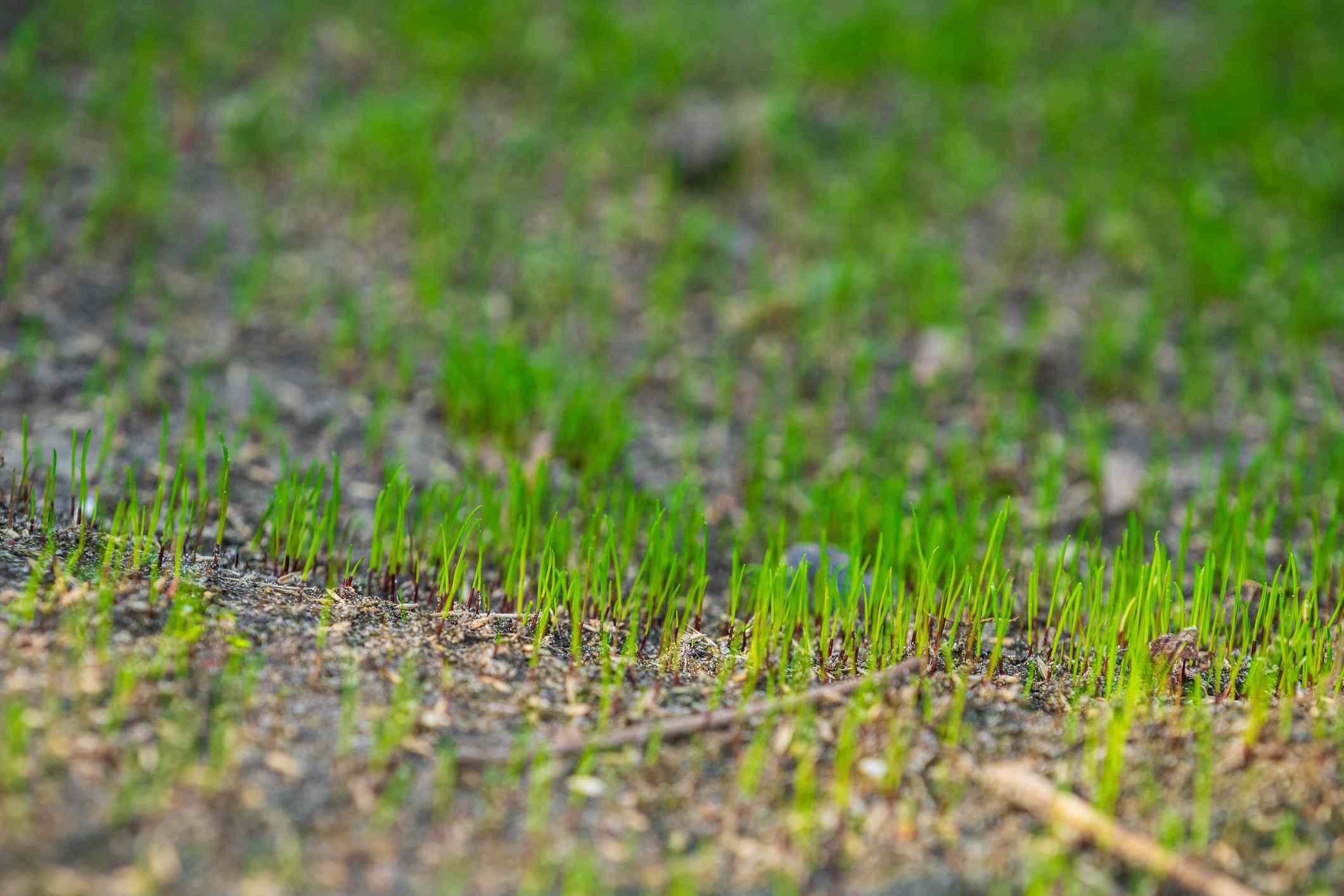
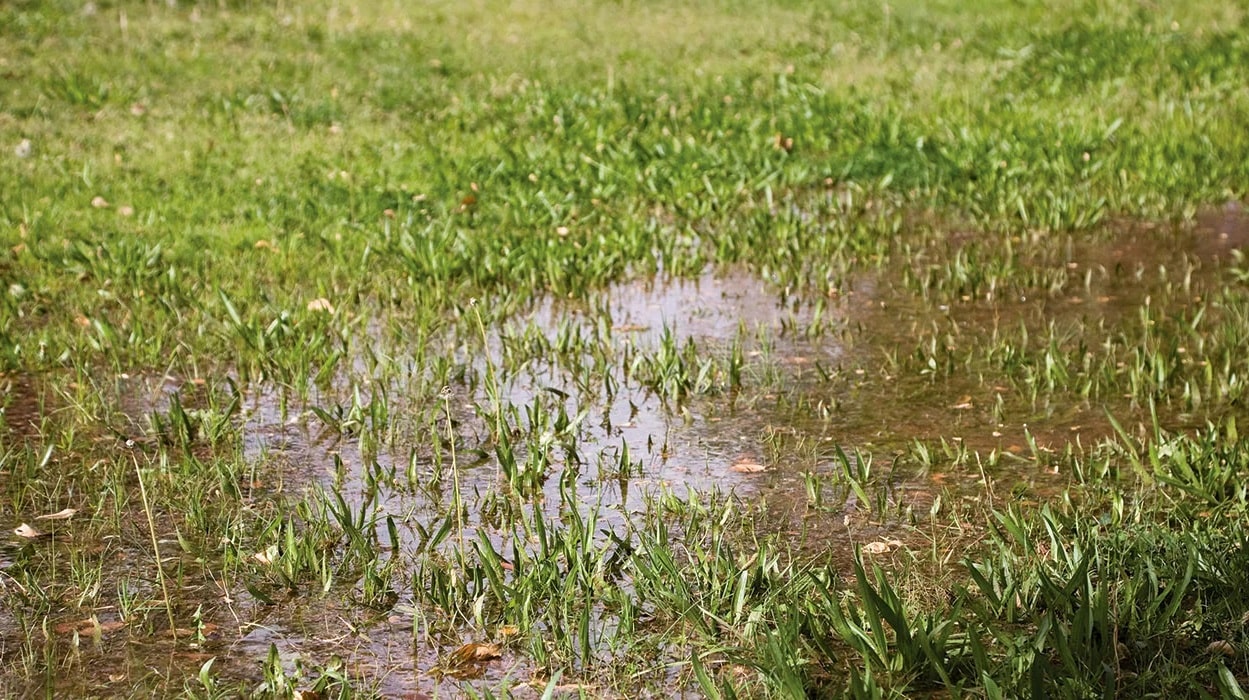
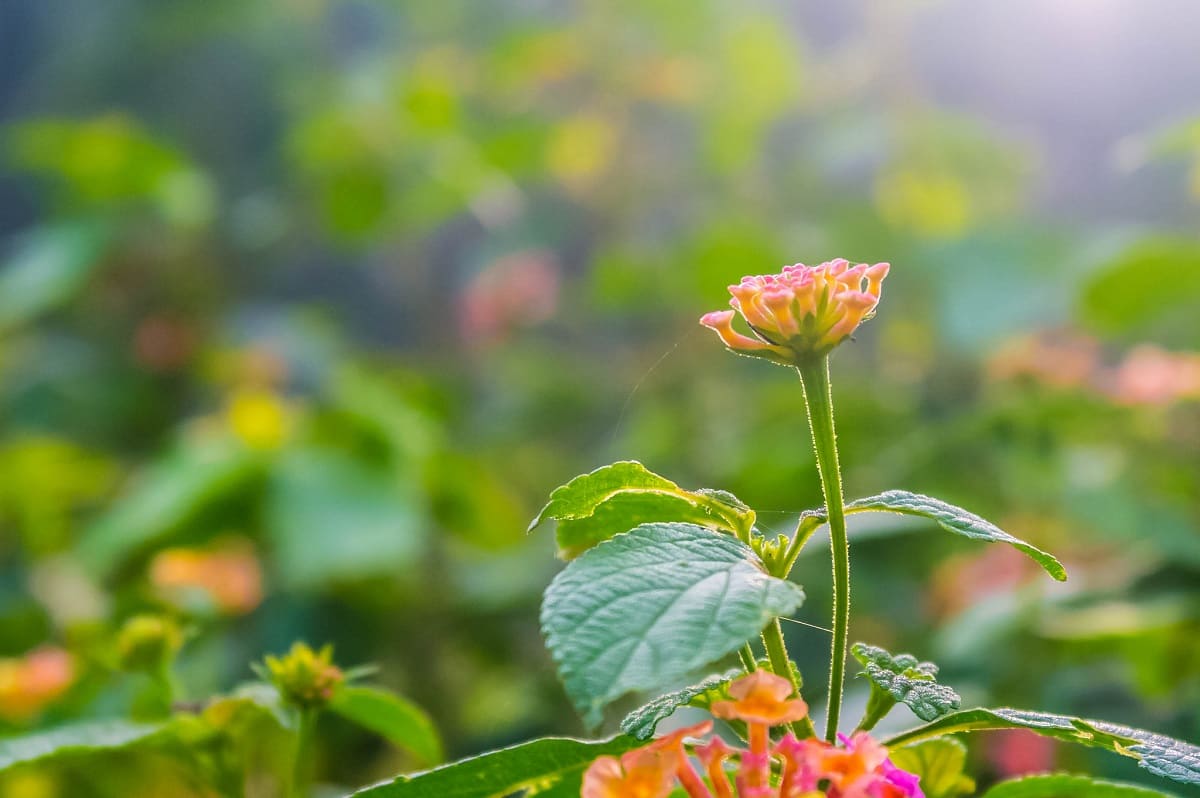



0 thoughts on “How To Tell When A Native Xeric Plant Is Getting Too Much Or Too Little Water”